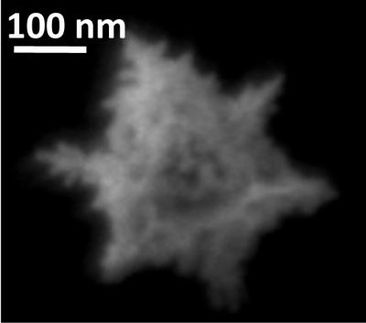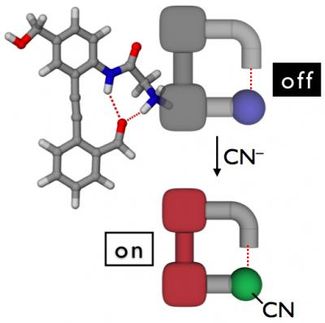Water droplets shape graphene nanostructures
Advertisement
graphene -- A single-atom-thick sheet of carbon, like those seen in pencil marks -- offers great potential for new types of nanoscale devices, if a good way can be found to mold the material into desired shapes.
Chemists at the University of Illinois at Chicago say it's possible, reporting that graphene can become quite pliable using only a nanodroplet of water to do the job.
"Up until now, it wasn't thought we could controllably fold these structures," said Petr Král, assistant professor of chemistry at UIC. "But now we know how to shape graphene by using weak forces between nanodroplets carefully positioned on graphene sheets."
Král and two of his graduate students described the process in a article in Nano Letters.
Engineers already cut graphene into narrow ribbons and other shapes, expanding the set of carboneous systems such as fullerenes, carbon nanotubes and nano-diamonds. Using computer simulations, Král showed that weak molecular interactions called van der Waals forces between water nanodroplets and graphene can shape it into a wide variety of forms, without the water and graphene chemically binding.
"Depending on the size of the water droplet and the shape and size of graphene flake used, we can fold it in different shapes for various applications," said Král. "It's similar to the way proteins are folded in biological cells with the help of chaperone proteins."
Král and his students discovered they could use water droplets to roll, bend, slide and shape graphene into different complex structures such as capsules, sandwiches, knots and rings –- all potential building blocks of nanodevices with unique mechanical, electrical or optical properties. By using special techniques like atomic force microscopy and carefully guided microscopic needles, water droplets and other materials can be carefully positioned on graphene to shape it into desired forms, he says.
Král's laboratory is studying potential uses of nanoscale graphene, such as ways to coat it with phospholipid molecules that would allow it to become part of biological cell membranes where it might perform specific functions. His lab is also designing graphene sheet nanoscale pores that allow the building of novel ion and molecular separation membranes for use in desalination and other applications.
While the materials he works with are inorganic, Král sees a growing trend to developing hybrid multifunctional systems that combine inorganic nanostructures with biological cellular systems.
"We're trying to detect signals from the biological world or pass signals to the biological world," he said. "In the future, perhaps proteins will evolve to interact with inorganic systems. It's a way of evolution to form a new interface, or hybrid system, working together on novel functions."



































































